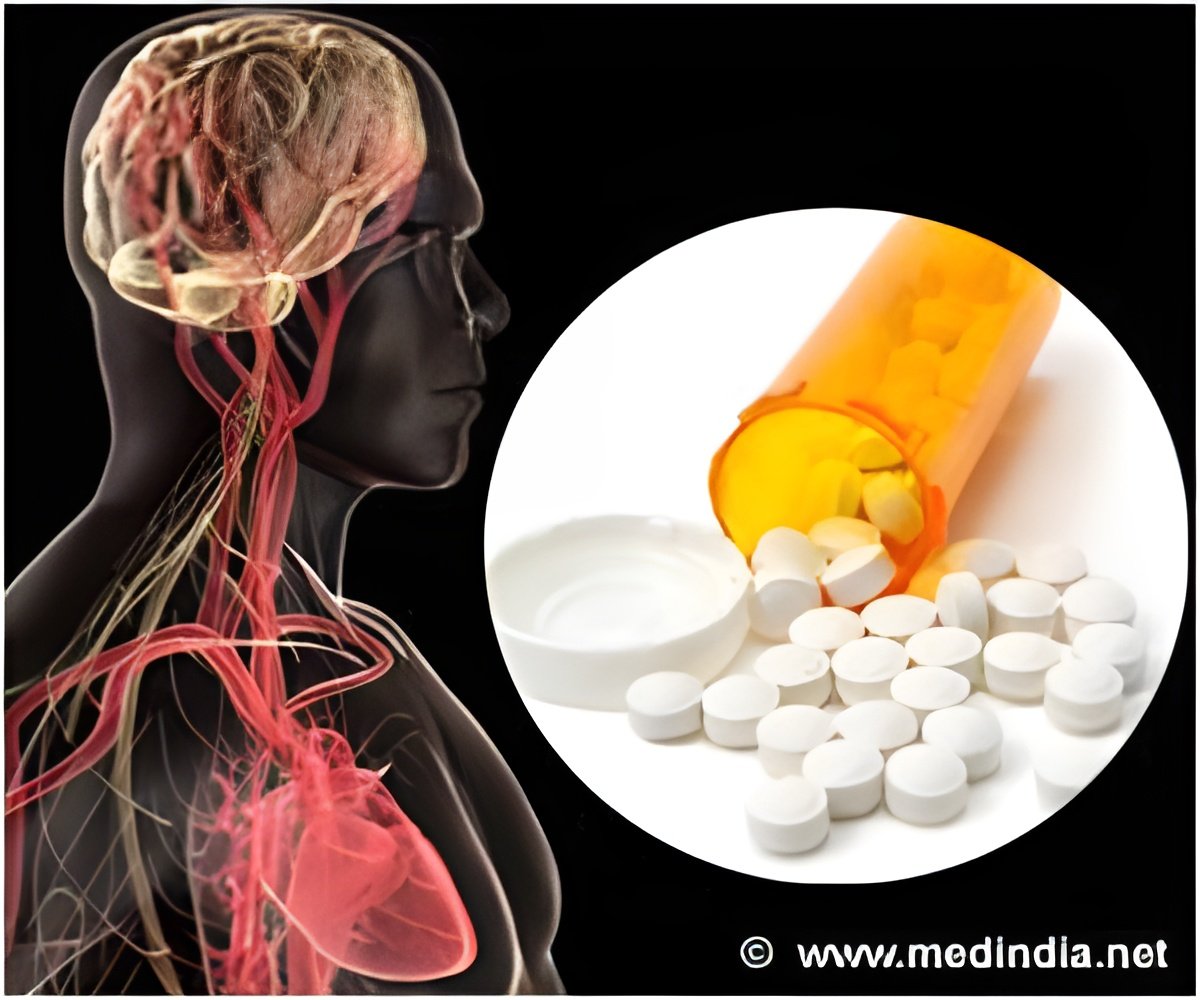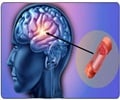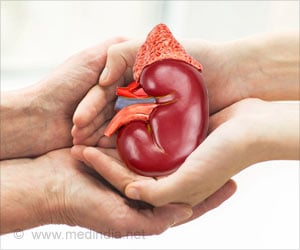A protein released by neurons while the brain is recovering from a stroke has been identified by researchers.

The protein, called urokinase-type plasminogen activator or uPA, has been approved by the FDA to dissolve blood clots in the lungs. It has been tested in clinical trials in some countries as a treatment for acute stroke.
The Emory team's findings suggest that in stroke, uPA's benefits may extend beyond the time when doctors' principal goal is dissolving the blood clot that is depriving the brain of blood.
Instead, uPA appears to help brain cells recover from the injuries induced by loss of blood flow. Treating mice with uPA after an experimental stroke can improve their recovery of motor function, the researchers found.
uPA (urokinase-type plasminogen activator) and tPA (tissue-type plasminogen activator), the drug that is the only approved treatment for acute stroke, have similar names, because they both act biochemically to activate plasmin, which directly dissolves blood clots.
"We are finding that uPA and tPA do very different things in the brain. We see that uPA is released during the recovery phase of a stroke over several hours," says lead author Manuel Yepes, MD, associate professor of neurology at Emory University School of Medicine. "This is in sharp contrast with tPA, which is released from neurons within milliseconds of hypoxia or ischemia [loss of blood flow]."
Advertisement
The Emory team found that mice that lack uPA do not regain as much forelimb strength after a one hour blockage of the middle cerebral artery, compared with control mice. This suggests that uPA produced within the brain is promoting recovery. In addition, immediate treatment with supplementary uPA after a stroke can boost the recovery of forelimb strength, the researchers found.
Advertisement
In cultured neurons, uPA can induce the re-emergence of dendritic spines after toxic injury that mimics the effects of a stroke. uPA seems to help the neurons' internal skeletons reorganize. The part of the uPA protein that acts in dissolving blood clots is not necessary for this effect, but uPA's interaction with its receptor uPAR is required.
Yepes says his team is testing whether treatment with uPA can still provide benefits in mice when it is given some time after an experimental stroke, which could provide some hints as how it could best be used clinically.
Source-Eurekalert













